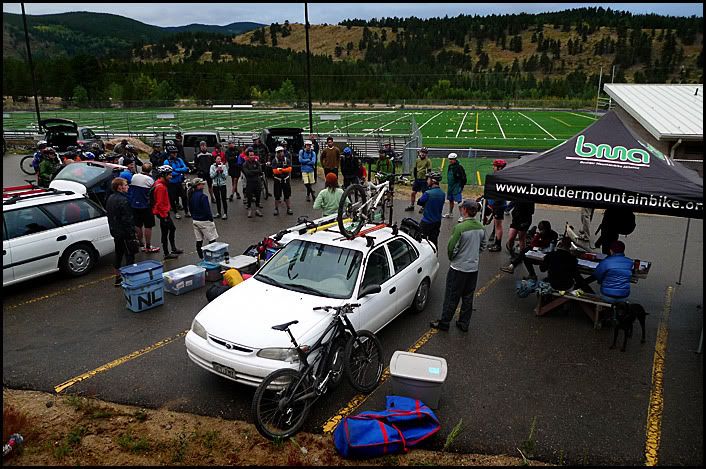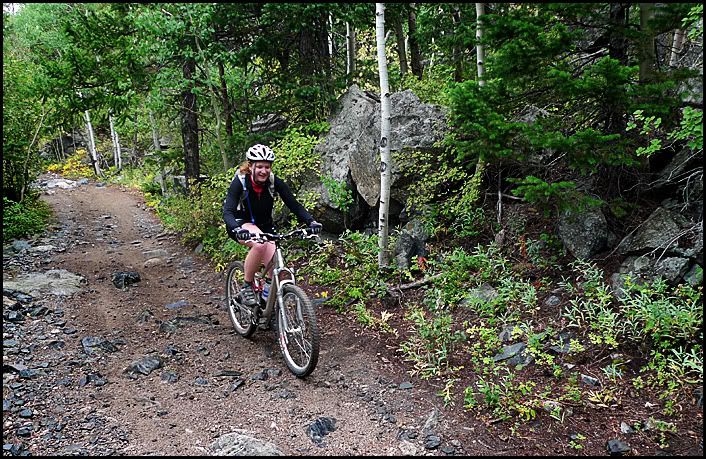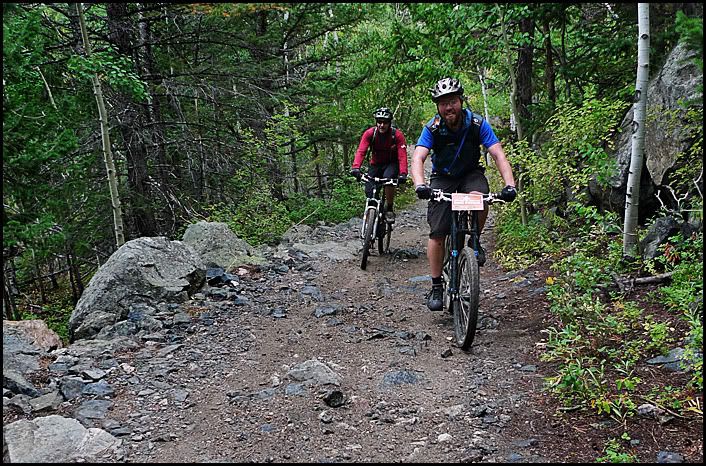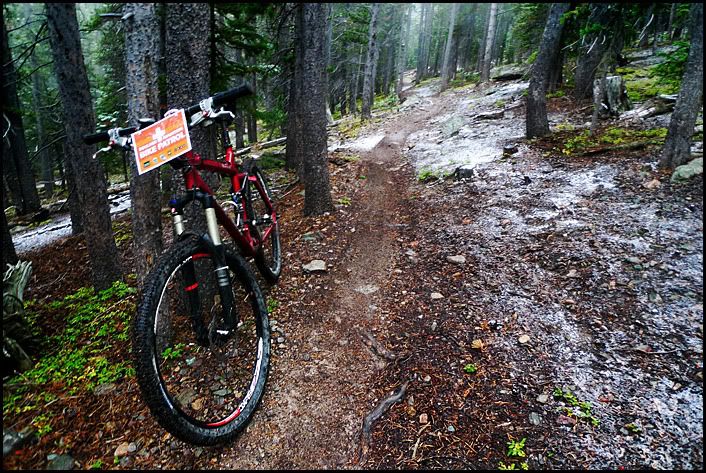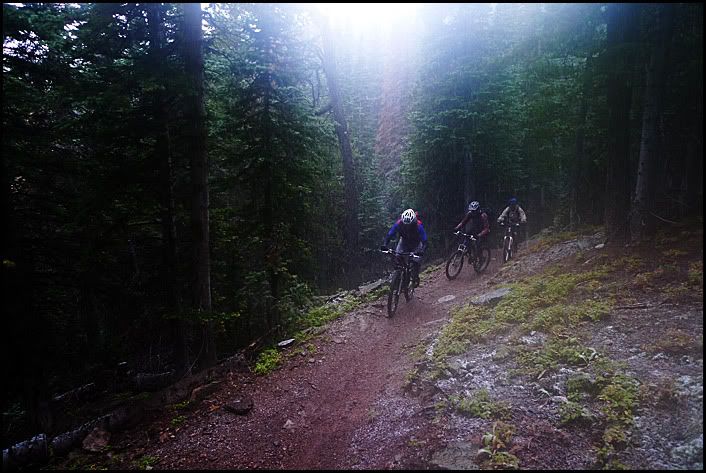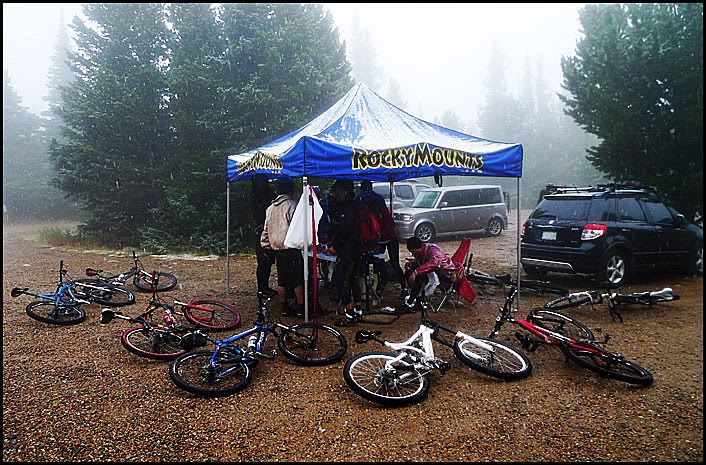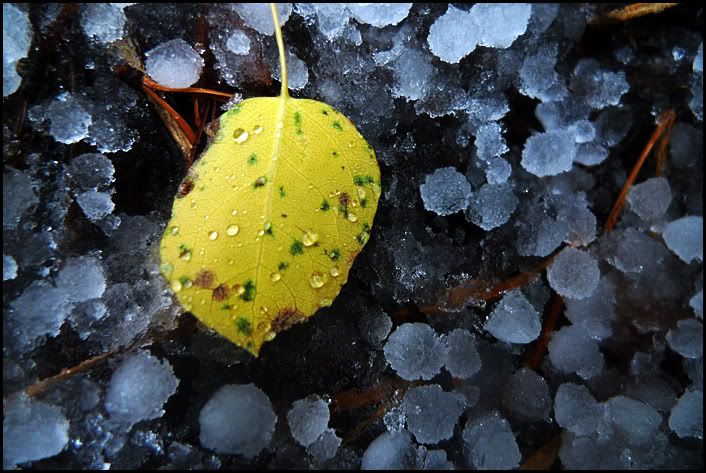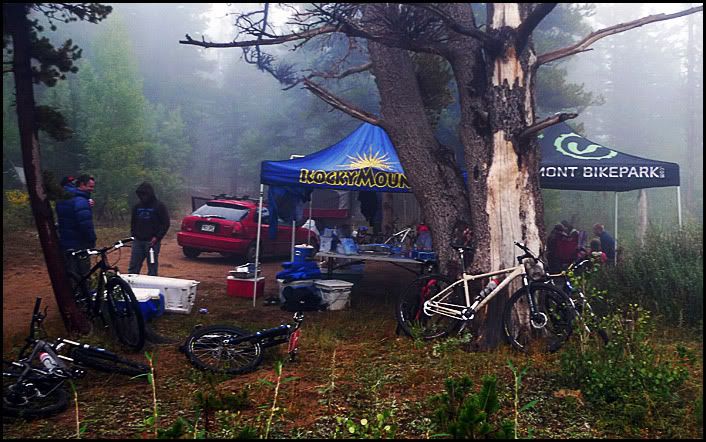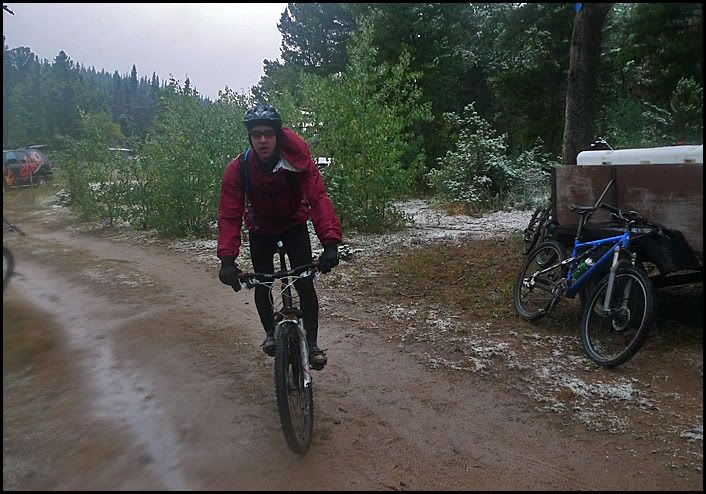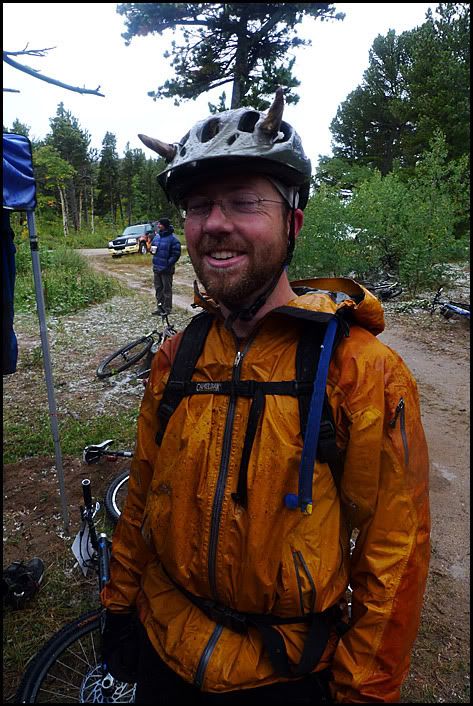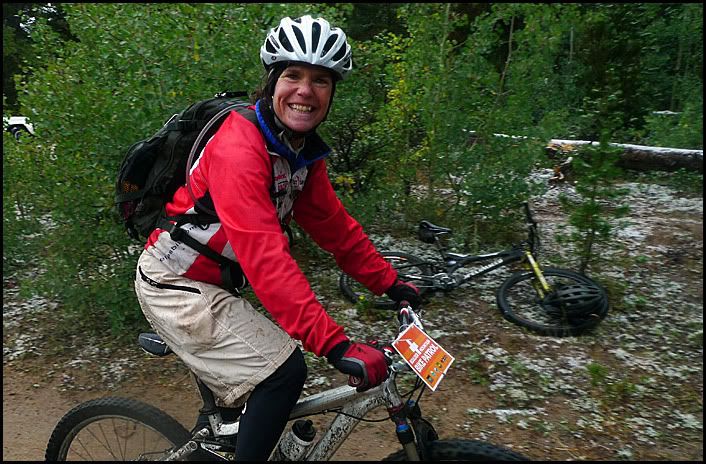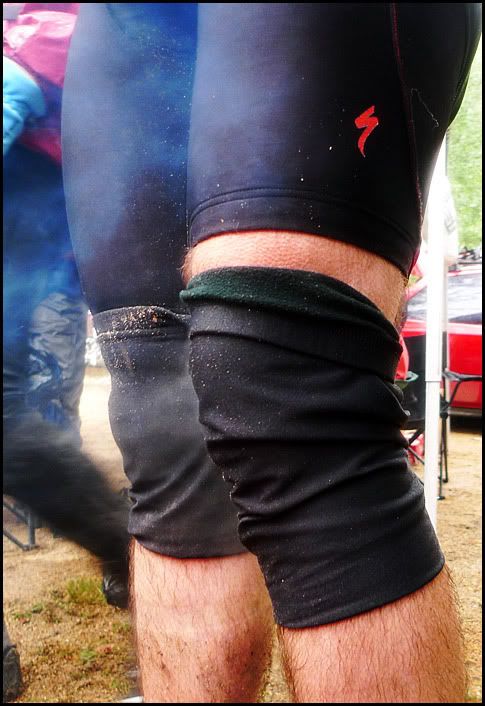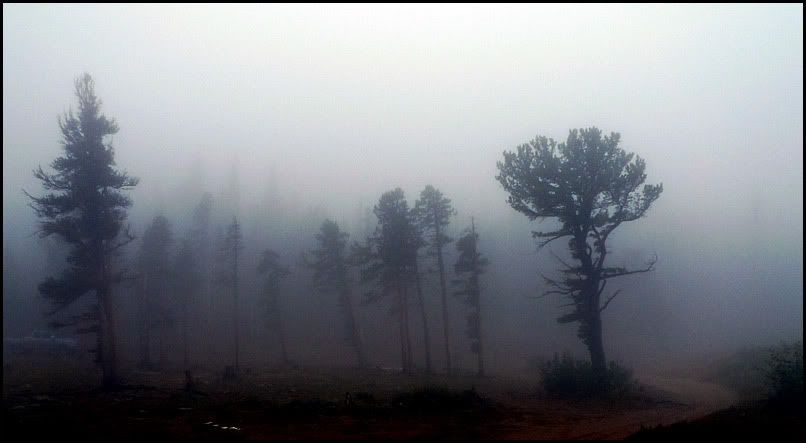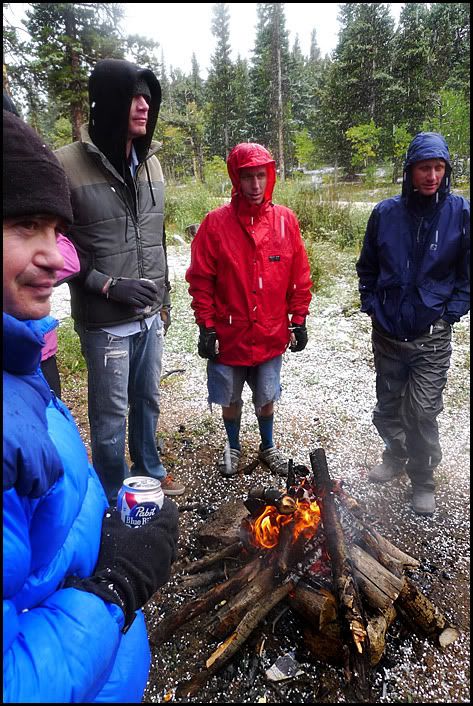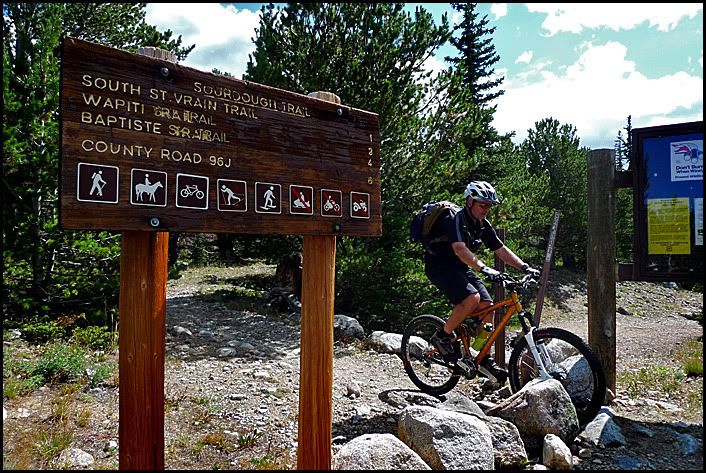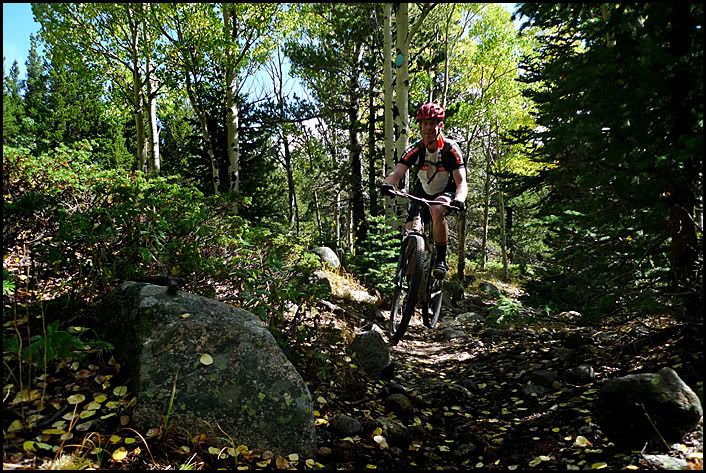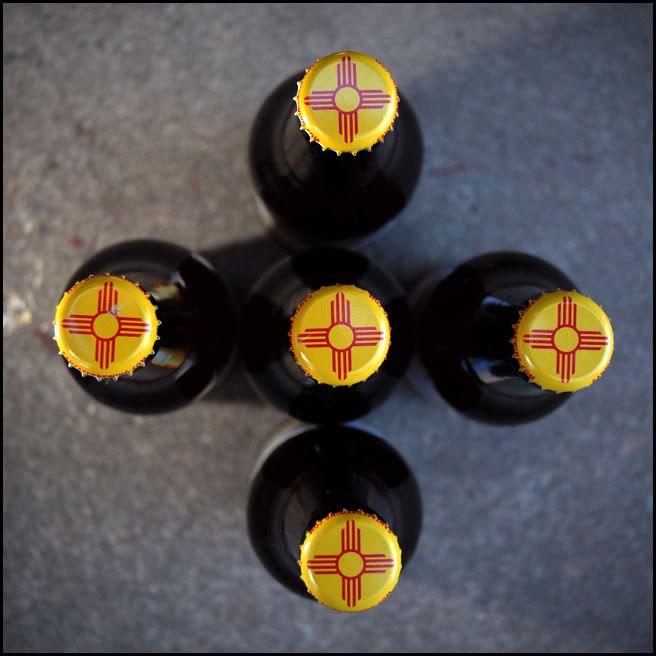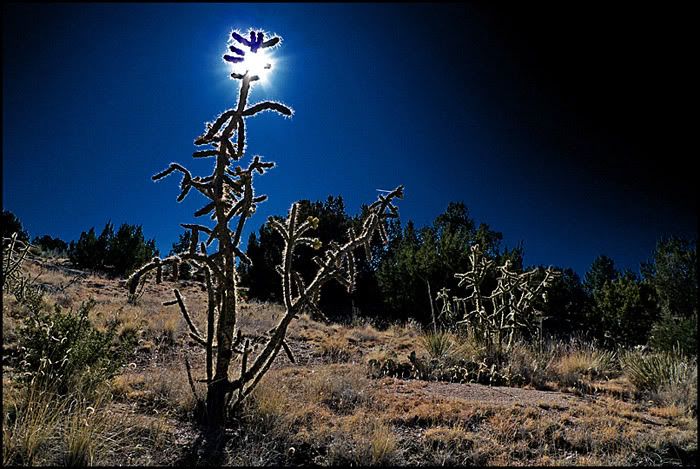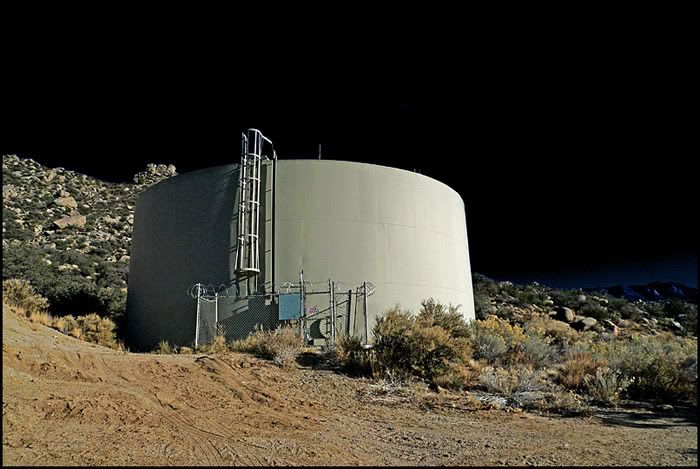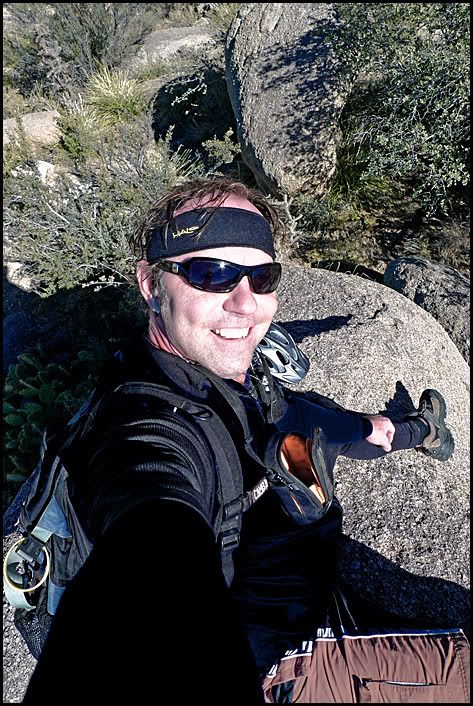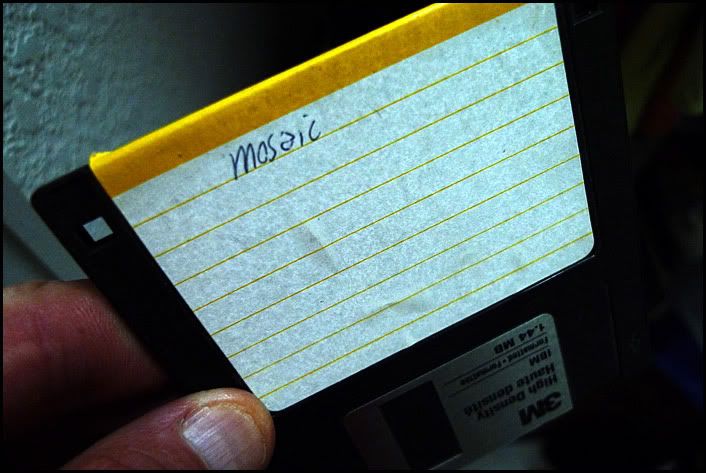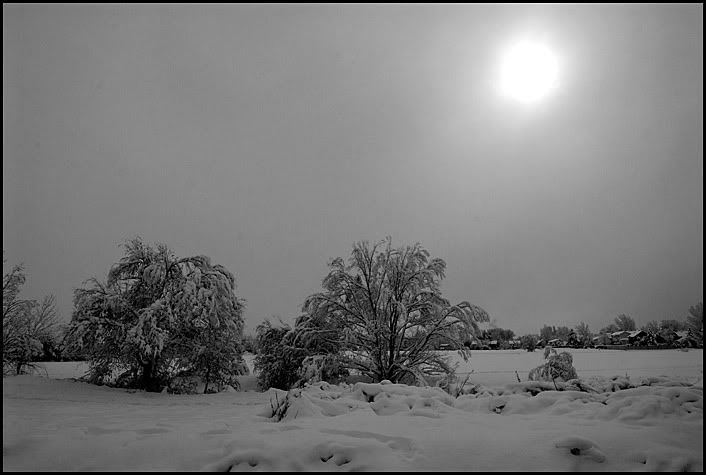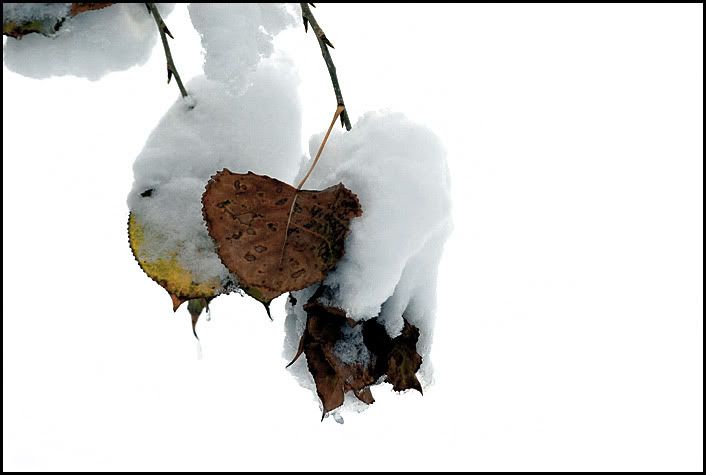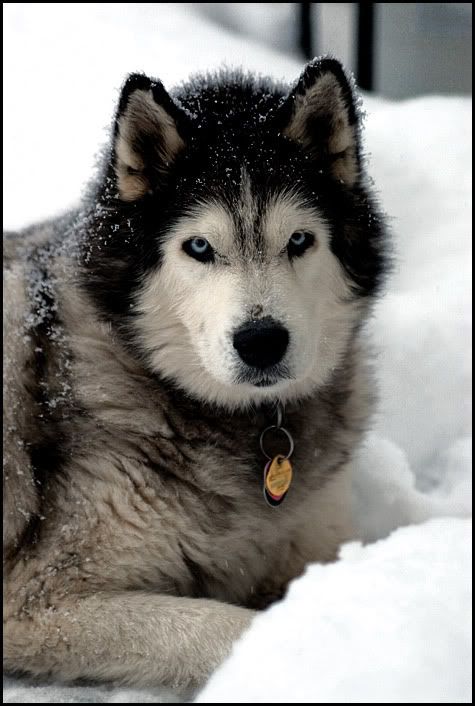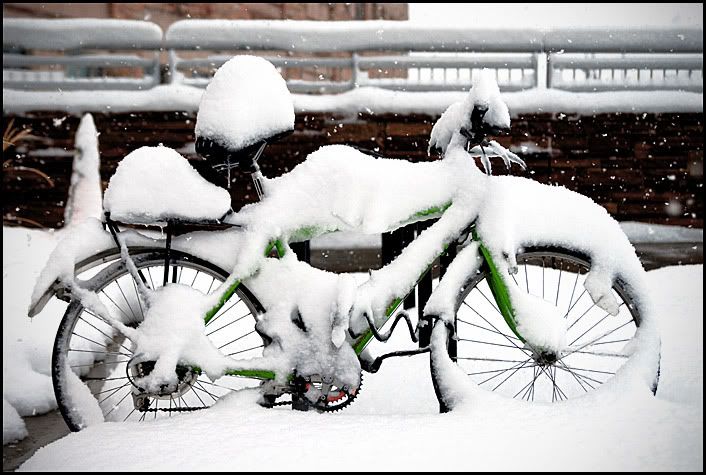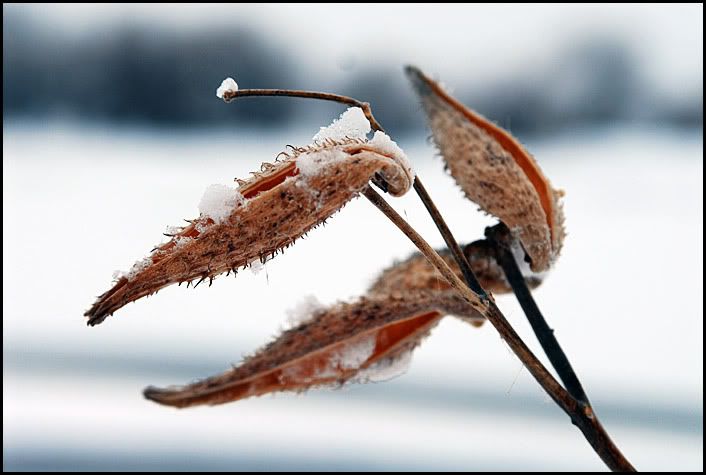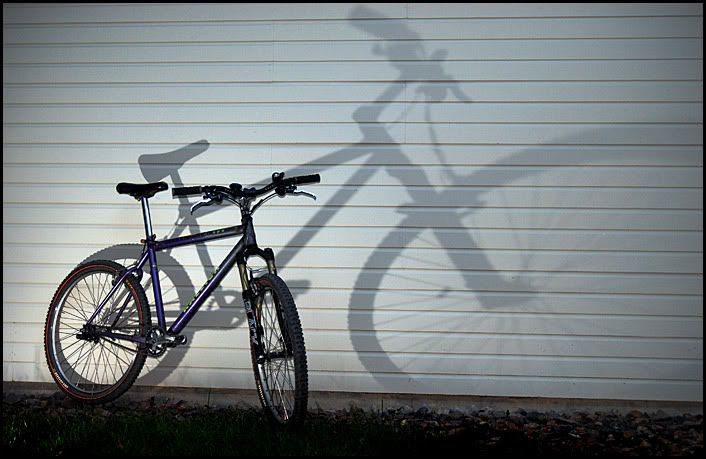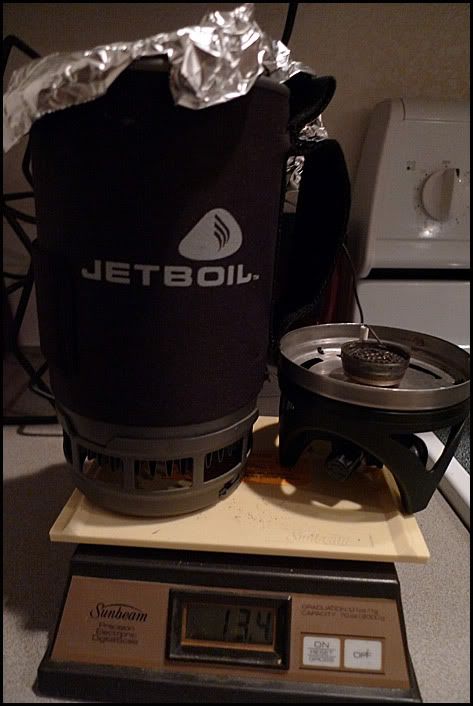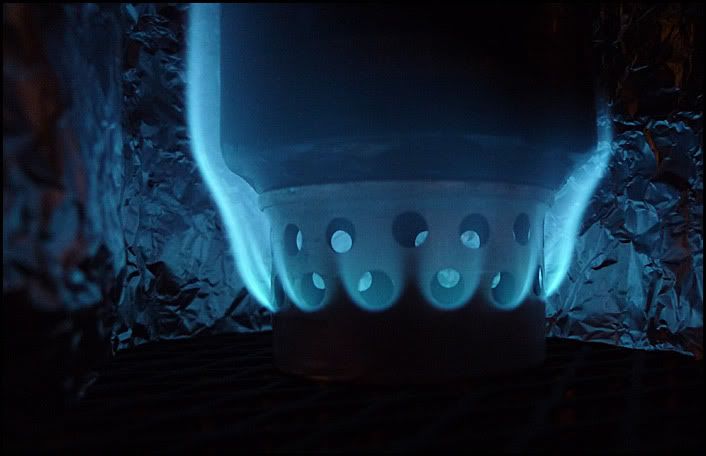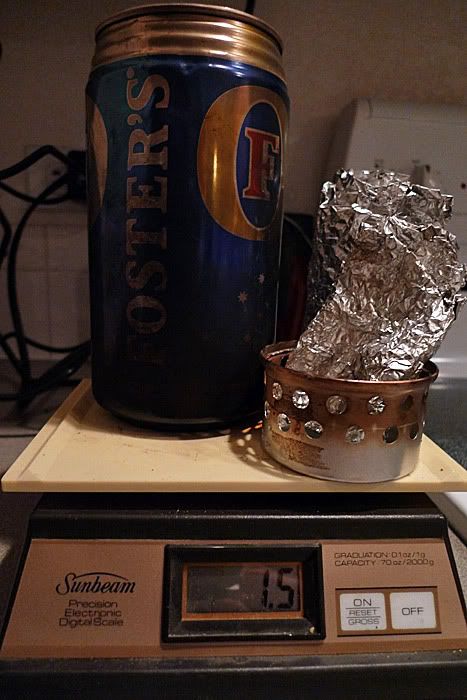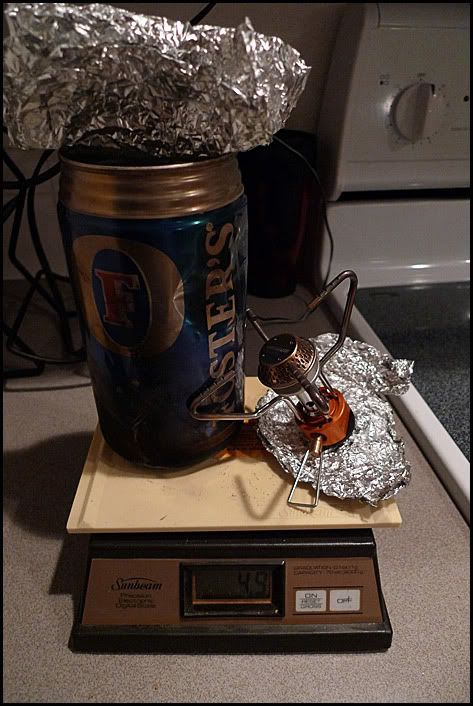(Originally
posted on mtbr.com)
It happened again. Saturday was the second running of the Boulder Mountain Bike
Alliance "Sufferfest" The idea is to have a difficult ride that starts at the South end of
Nederland, heads north and ends up at a party.
This year, the weather couldn't have been any better for suffering. I woke up at 5:00 AM with
it raining at my house. My intentions were to ride to the bus stop, leaving at 6:00 AM,
with all my camping gear so that I wouldn't even involve my car. When I found it raining, I
decided to back off plans and drive to the vanpool spot instead. That meant repacking
my gear, choosing a warmer sleeping bag, and loading up my camelbak instead of my
backpackers pack. But it bought me another hour of decision making.
I arrived at the pick up spot at 6:45 AM with a lot of optimism. It was cloudy up near the
divide but didn't look like it was too threatening. We headed off to Nederland High School
welcomed by huge group of smiling folks all ready to ride. I guess if you are willing to ride
this kind of ride, then the weather isn't going to necessarily change that.
I was among about eight who are bike patrollers and took that roll on the trail. For me, I
helped with a mechanical only two miles into the ride and a couple flats later on.
The riding was excellent with 505 being in really good shape. It starts to sprinkle about
half way up. It was a nice sprinkle and make the climb easier since it was easy to stay
cool.
I recall seeing large snowflakes near the top of Caribou thinking it was stuff falling off the
trees. They were oddly large and very infrequent. I wanted to say they were snow flakes
but convinced myself that is was unlikely.
But as we rode, those flakes came down in more and more frequent numbers. It was
snow alright. That was fine. I rather a light snow than drizzle. We passed aid station 1
with smiles.
Unfortunately that wasn't the problem. On top of Caribou Flats, the temperature had fallen
significantly so when you have a person with wet gloves and shoes going downhill fast,
you get frozen extremities. When I arrived at Rainbow Lakes road, I had to take my
gloves off and thaw out my fingers. That burn was the low point in the ride for me.
However, once I thawed them, they lasted me the rest of the ride. I think some of it was
due to dropping down into a warmer mass of air, and another part was the ride slowed
down dramatically after that with the technical climb on Sourdough.
That was when it really started snowing--winter like snowing conditions with cloud banks.
It was surreal and exciting to ride in. In addition, some of the Aspen were shedding
leaves so it added to the beauty.
Arriving at aid station 2, I noticed the scene was completely different that station 1. There
were visibly suffering folks. They were tired from all the climbing, soaking wet and cold.
Some people were putting plastic bags on their feet.
From there the technical downhill was extra fun with the water and ice on the rocks. It
was even more challenging with cold fingers.
I couldn't have hit the end with worse timing. As I climbed the burned out section of
Sourdough to the Beaver reservoir Road, the lightning peaked and the hail started. I was
sure I was going to get struck. However, the lightning seemed to contain itself withing
the clouds. I never saw a single ground strike.
I arrived at camp with cheers and tasty hot cocoa. It was incredible. I felt great.
There were two bonfires going with Oskar Blues arriving with lots of food and more beer
than could be drank. We had a terrific time.
The next morning, a few of us decided to ride back to Boulder. We took Sourdough back
to the south trailhead and Switzerland trail to Sugarloaf and home. The ride back was so
fun after the moisture. It was a great way to end the event.
I'm not sure I actually suffered when I look back and the great time it was.
BTW, Nobody that I know of did the extra credit Buchanan Pass loop.
(PS: Thanks again to all the hard working volunteers who made this happen).

